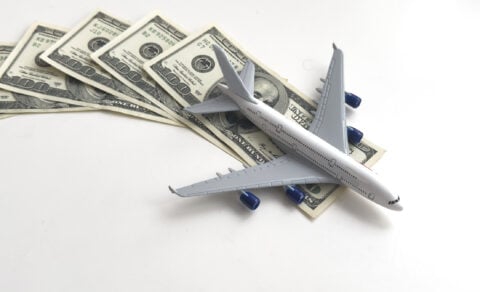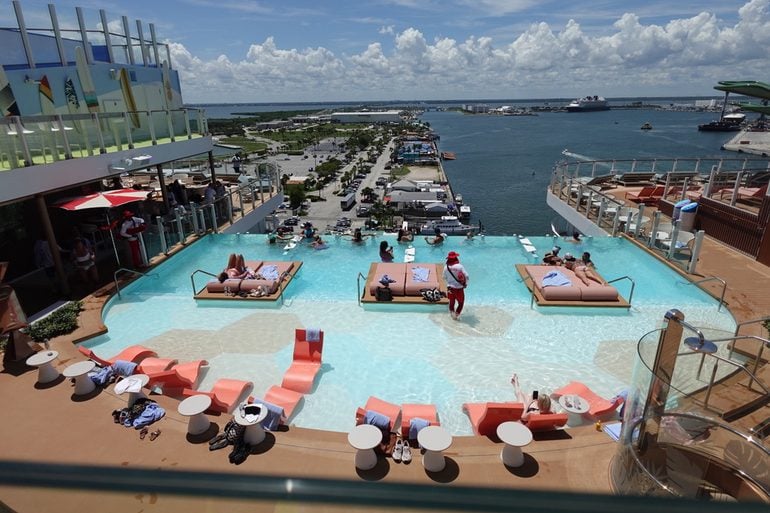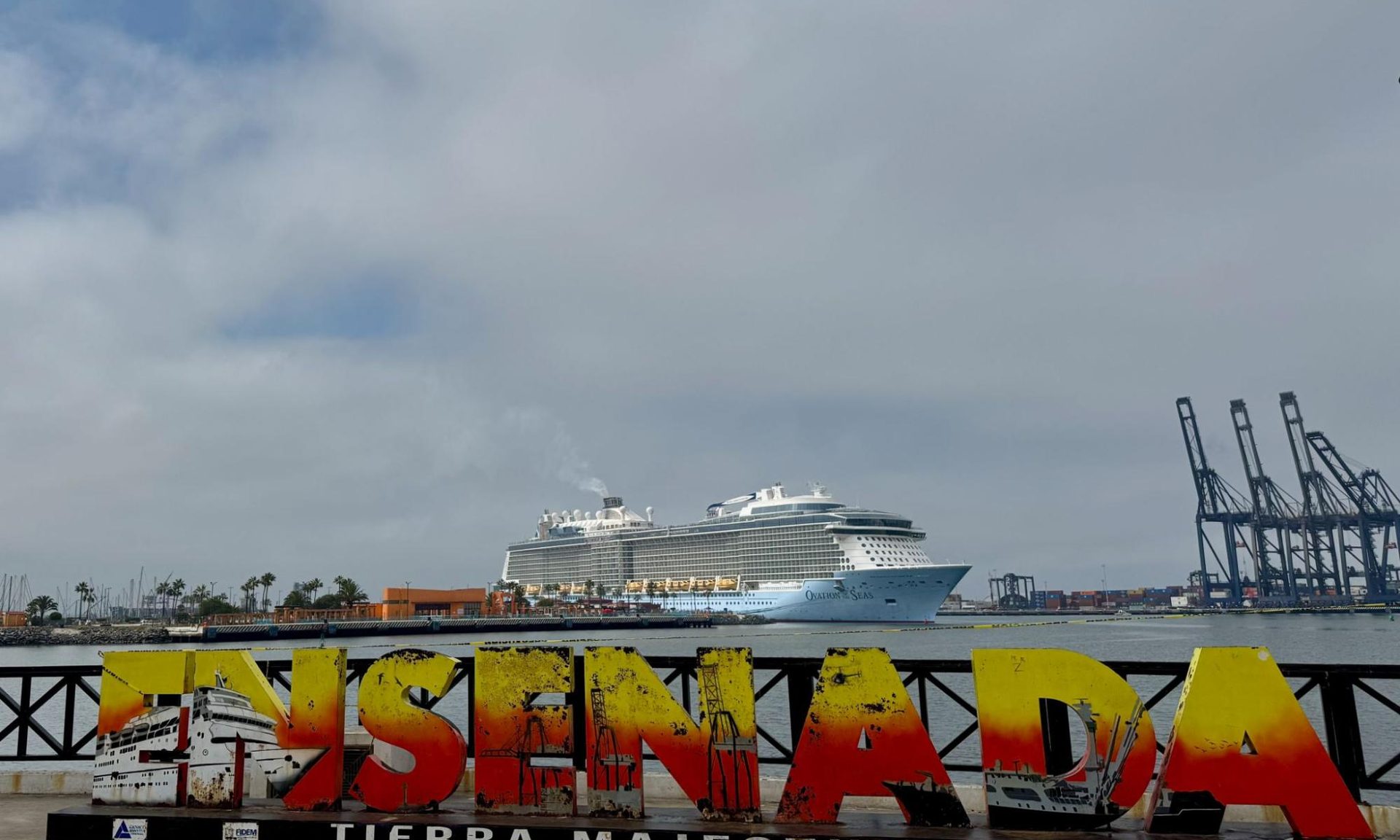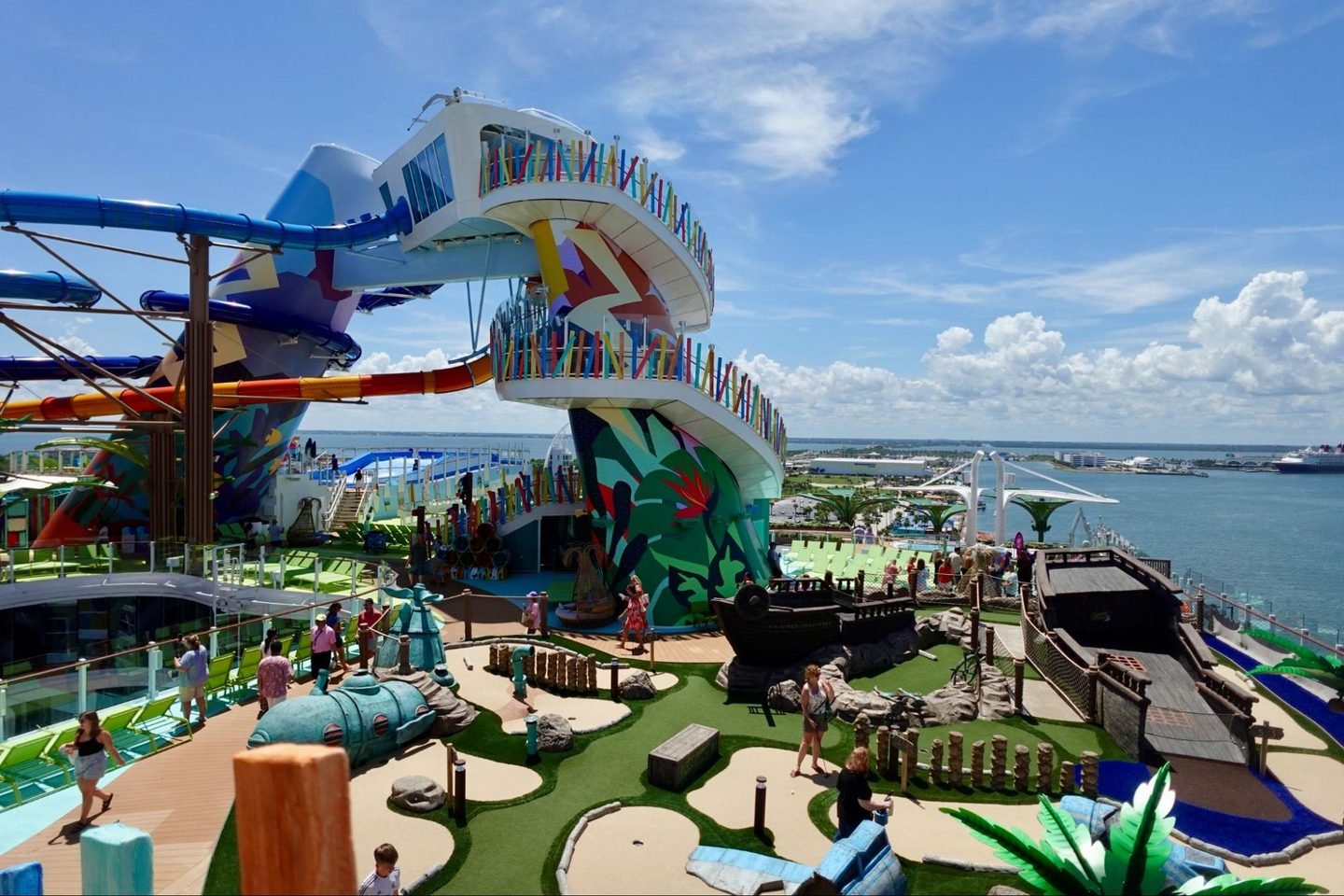Cruise Demand Keeps Climbing – And 2026 Could Be The Biggest Year Yet
Interest in cruises keeps growing, and experts say it’s not slowing anytime soon.

Many or all of the products on this page are from partners who compensate us when you click to or take an action on their website, but this does not influence our evaluations or ratings. Our opinions are our own.
When the Grand Princess sailed into a California port in early 2020 with some of the nation’s first COVID-19 cases, the cruise industry seemed destined for rough waters. The ship became a symbol of pandemic uncertainty — a floating microcosm of fear and lockdown.
Journalists, politicians and infectious disease experts have referred to cruises as “petri dishes.”
Get the 'Cheat Codes' to Cheaper Travel
Unlocking the secret to saving a ton on travel is easier than you think. 📤 Our free newsletter shows you how in 5 min. or less.

But just six years later, cruises are more popular than ever. AAA projects that 21.7 million Americans will set sail in 2026, marking the fourth straight year of record-breaking cruise passenger volume. That’s up from 20.7 million in 2025 — itself a banner year — and represents a 4.5% jump year-over-year, according to AAA’s latest Travel Forecast.
“The demand for ocean cruises among U.S. travelers keeps surpassing expectations,” said Stacey Barber, Vice President of AAA Travel in a prepared statement. “Cruises have become a go-to vacation for everyone — from retirees to multi-generational families.”
Record-setting demand and spending

The number of cruise transactions worldwide in the first quarter of 2024, including bookings and onboard purchases, was about 16% more than the same period in 2019, according to a 2024 report from the Mastercard Economics Institute.
More money is floating into cruises, too. Mastercard found that, as of May 2024, nine out of the last 10 all-time record spending days in cruises occurred in 2024. According to Bank of America credit and debit card data from May 2024, spending on cruises was up 12% year-over-year.
Expect those trends to hold — and accelerate — in 2025.
Royal Caribbean posted a record-setting second quarter in 2025, with revenue rising to $4.5 billion, up from $4.1 billion the same quarter the previous year. The company said it is seeing “robust demand across all key products and markets,” and occupancy reached 110% — a number that reflects cabins with more than two guests.
Meanwhile, Norwegian Cruise Line posted record Q2 revenue of $2.5 billion, up 6% year-over-year, and said its advance ticket sales balance reached an all-time high of $4 billion, a strong signal of demand to come.
Who’s cruising in 2026?

According to AAA, about 65% of American cruise passengers are age 55 or older, though younger generations are catching on fast. Millennials and Gen Z travelers increasingly see cruising as a value-packed way to explore multiple destinations on one trip — with more flexibility and luxury than in years past.
And most aren’t going alone: half of U.S. cruise passengers travel as couples, while 20% bring kids, 7% cruise solo and the rest join group trips or extended-family getaways.
Where cruisers are going — and how they’re getting there

The Caribbean remains king, capturing 72% of American cruise passengers, followed by Alaska (7%) and the Mediterranean (5%). Florida’s ports — Miami, Port Canaveral and Fort Lauderdale — continue to dominate global passenger volume.
Mega-ships are driving much of this growth. These floating resorts now rule the Caribbean, the Mediterranean and Northern Europe, while smaller expedition and luxury vessels command higher shares in Alaska and niche regions.
The top ships including the Royal Caribbean’s relatively new Star of the Seas and Icon of the Seas, which headline the line’s new Icon-class fleet. Those ships are complete with record-breaking pools, waterparks and LNG-powered sustainability features. Norwegian Cruise Line Aqua and MSC's World America will also spend their first full years sailing — part of a wave of innovation that’s redefining the modern cruise experience.
Why people suddenly love cruising

Convenience and value are big draws. Cruises bundle lodging, meals and entertainment — often at lower per-night costs than land-based vacations. According to AAA, 90% of U.S. cruise passengers rate their experience as good or very good, and 91% have taken multiple cruises, underscoring a high repeat rate.
Cruises also cater to every type of traveler:
- Couples enjoy built-in date-night dining and entertainment.
- Families appreciate kid clubs, water parks and multi-room staterooms.
- Adventure seekers are booking expedition cruises to destinations like Antarctica and the Arctic.
Meanwhile, food and entertainment are evolving fast. Celebrity chef partnerships, Broadway-level shows, and themed dining experiences — such as Spellbound by Magic Castle aboard the Sun Princess by Princess Cruises — make modern ships more like floating resorts than floating buffets.

Increasingly more ships are leaning on celebrity chefs to create unique menus for exclusive cruise line restaurants. For example, pizza chef Tony Gemignani designed a pizza menu for Princess Cruises that stands out with ingredients such as Soppressata sausage, hot honey, Gorgonzola and sweet fig preserve. Meanwhile, many Royal Caribbean ships have an outpost of Jamie's Italian, which serves fresh pasta from celebrity chef Jamie Oliver.

What’s next for cruising
Cruise lines are expanding their fleets at a pace not seen since before 2020. Disney, for example, plans to grow from five to 13 ships by 2031, including its first Japan-based ship in 2029. Royal Caribbean is set to open its long-awaited Royal Beach Club in Nassau in late 2025, further cementing its foothold in the Caribbean.
AAA’s projections suggest the growth will continue well into 2027 and beyond — driven by new ships, younger passengers and expanding itineraries.
Once dismissed as “petri dishes,” cruises have emerged as one of the most resilient sectors in travel. Six years after lockdowns brought ships to a halt, the industry is sailing into its strongest era yet — and 2026 looks to be another record year on the horizon.
How to maximize your rewards
You want a travel credit card that prioritizes what’s important to you. Here are some of the best travel credit cards of 2025:
- Flexibility, point transfers and a large bonus: Chase Sapphire Preferred® Card
- No annual fee: Wells Fargo Autograph® Card
- Flat-rate travel rewards: Capital One Venture Rewards Credit Card
- Bonus travel rewards and high-end perks: Chase Sapphire Reserve®
- Luxury perks: American Express Platinum Card®
- Business travelers: Ink Business Preferred® Credit Card
Article sources
NerdWallet writers are subject matter authorities who use primary,
trustworthy sources to inform their work, including peer-reviewed
studies, government websites, academic research and interviews with
industry experts. All content is fact-checked for accuracy, timeliness
and relevance. You can learn more about NerdWallet's high
standards for journalism by reading our
editorial guidelines.
More like this
Related articles









